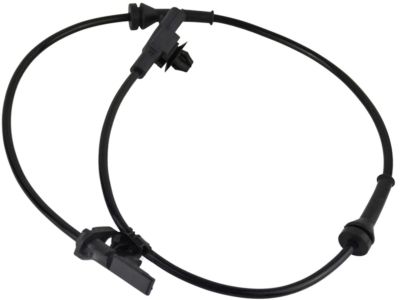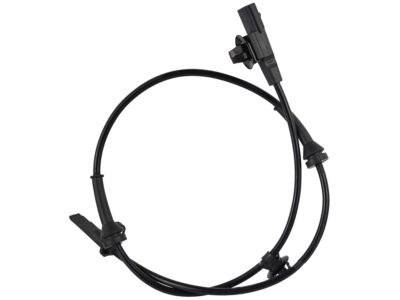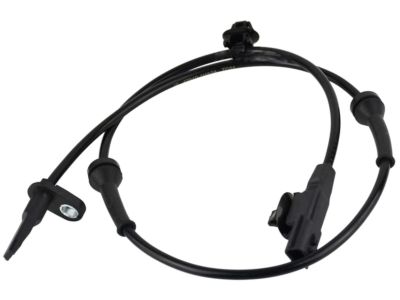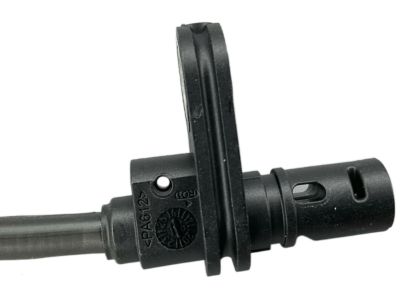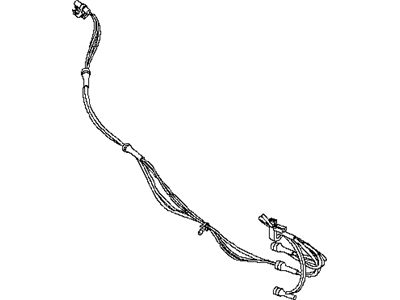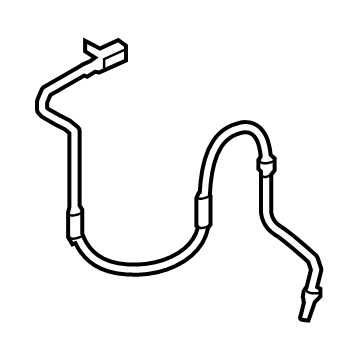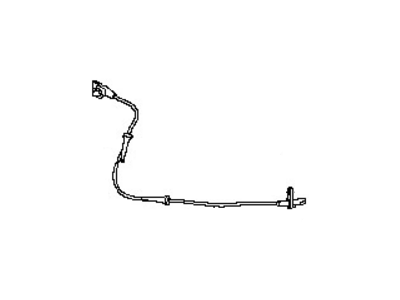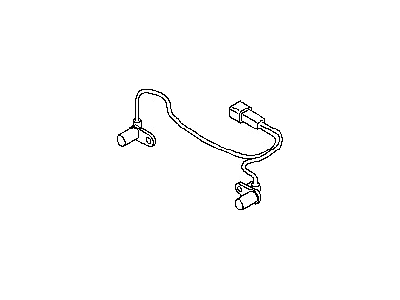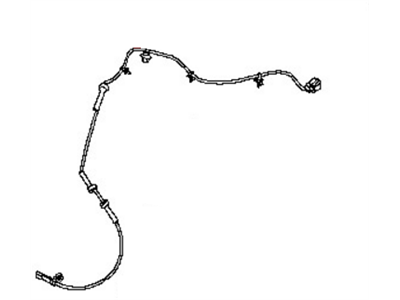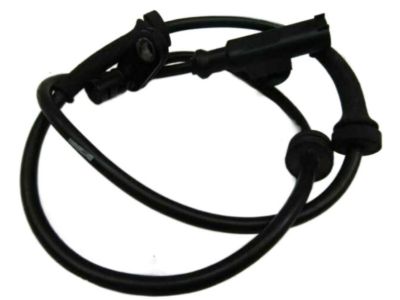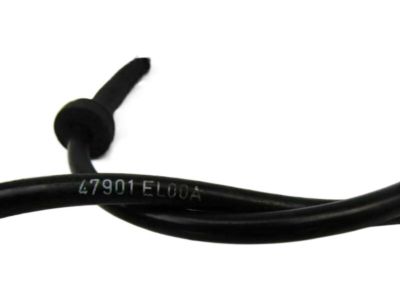×
- Hello
- Login or Register
- Quick Links
- Live Chat
- Track Order
- Parts Availability
- RMA
- Help Center
- Contact Us
- Shop for
- Nissan Parts
- Nissan Accessories

My Garage
My Account
Cart
Genuine Nissan Versa ABS Sensor
ABS Wheel Speed Sensor- Select Vehicle by Model
- Select Vehicle by VIN
Select Vehicle by Model
orMake
Model
Year
Select Vehicle by VIN
For the most accurate results, select vehicle by your VIN (Vehicle Identification Number).
9 ABS Sensors found

Nissan Versa Sensor Assembly-Anti SKID, Front
Part Number: 47910-1HA0A$189.14 MSRP: $280.07You Save: $90.93 (33%)Ships in 1-3 Business Days
Nissan Versa Sensor Assembly-Anti SKID,Rear
Part Number: 47900-EL00A$70.27 MSRP: $94.98You Save: $24.71 (27%)Ships in 1-3 Business DaysNissan Versa Sensor Assembly-Anti SKID, Front
Part Number: 47910-5RA0A$161.00 MSRP: $238.40You Save: $77.40 (33%)Ships in 1-3 Business DaysNissan Versa Sensor Assembly Anti Ski, Rear
Part Number: 47900-1HA0A$142.44 MSRP: $210.92You Save: $68.48 (33%)Ships in 1-3 Business DaysNissan Versa Sensor Assy-Antiskid,Rear
Part Number: 47900-5FA0C$25.69 MSRP: $37.22You Save: $11.53 (31%)Ships in 1-3 Business DaysNissan Versa Sensor Assembly Anti Ski, Rear
Part Number: 47901-1HA0A$153.39 MSRP: $227.13You Save: $73.74 (33%)Ships in 1-3 Business DaysNissan Versa Sensor Assembly-Anti SKID,Front
Part Number: 47910-EL00A$174.20 MSRP: $257.93You Save: $83.73 (33%)Ships in 1-3 Business DaysNissan Versa Sensor Assembly-Anti SKID, Front
Part Number: 47910-ZR70A$174.20 MSRP: $257.93You Save: $83.73 (33%)Ships in 1-3 Business Days
Nissan Versa ABS Sensor
If you need any OEM Nissan Versa ABS Sensor, feel free to choose them out of our huge selection of genuine Nissan Versa ABS Sensor. All our parts are offered at unbeatable prices and are supported by the manufacturer's warranty. In addition, we offer quick shipping to have your parts delivered to your door step in a matter of days.
Nissan Versa ABS Sensor Parts Questions & Experts Answers
- Q: What is the purpose and functionality of the ABS Sensor,ABS Control Module and Anti-lock Brake System (ABS) on Nissan Versa?A:The described Anti-lock Brake System (ABS) is used to prevent vehicle's wheels from locking by actively modulating the Brake Line pressure for every wheel, which allows for the maintainance of steerability, directional stability, and the optimal amount of deceleration during hard braking on most road surfaces. At the right rear corner of the engine compartment, total of five items such as electric hydraulic pump and two solenoid valves for each wheel are still included in the actuator assembly which is used to control hydraulic pressure during the ABS. At the wheels, speed sensors create a sine wave current as the sensor rotors spin and the ABS control module then amplifies, samples and digitizes this analog voltage signal to obtain the wheel speed. The control unit is one of the main parts of the system and controls the hydraulic line pressure through being the brain of the system that receives information from the wheel speed sensors to avoid wheel lock while at the same time, it checks for a malfunction, even during normal road use. ABS light comes on for a second after starting the engine and should go out if the engine is running properly, the ABS performs a self-test whenever the vehicle speed surpasses four mph; often, this sounds like a normal metallic noise. When a problem is identified, the ABS light will not go off, and a specific code of the problem will be written to the control unit.

